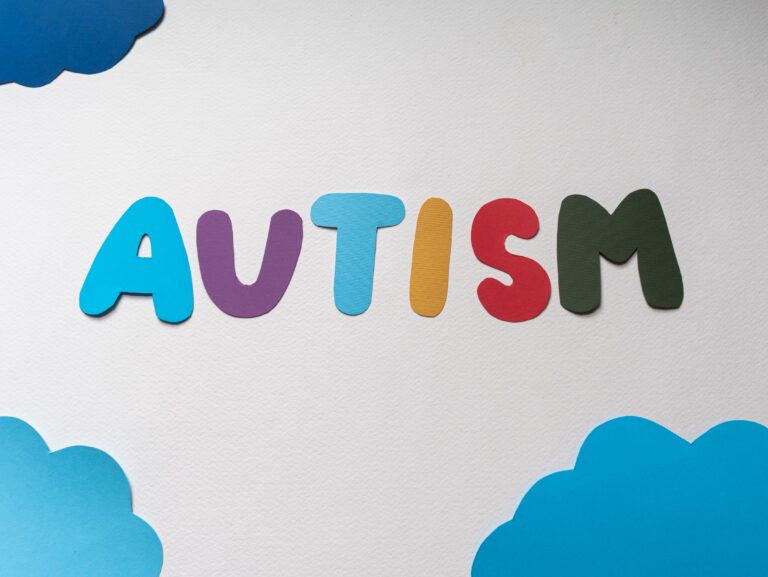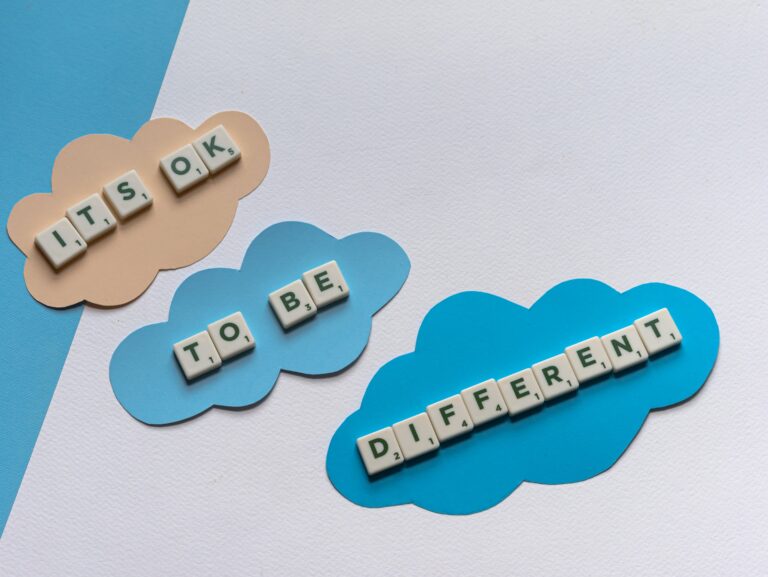Understanding Disability: A Comprehensive Exploration
Disability is a term that encompasses a wide array of conditions, impairments, and limitations that affect an individual’s physical, mental, sensory, or cognitive abilities. Yet, it’s far more than just a medical condition; disability represents a complex interplay between an individual and the society they inhabit.
The Definition of Disability
Defining disability is a nuanced task. Traditionally, disability was often viewed solely through a medical lens, focusing on impairments that hinder a person’s ability to perform certain tasks or participate fully in society. However, contemporary perspectives emphasize a more holistic understanding, considering the interaction between an individual’s abilities and the barriers presented by the environment.
The World Health Organization (WHO) defines disability as an umbrella term, encompassing impairments, activity limitations, and participation restrictions. It acknowledges that disability is not solely a health issue but is influenced by environmental and societal factors.
Types of Disabilities
Disabilities are incredibly diverse and can be categorized in various ways:
Physical Disabilities
Physical disabilities affect mobility or dexterity and can result from conditions such as spinal cord injuries, amputations, or musculoskeletal disorders. These disabilities can impact a person’s ability to move, manipulate objects, or engage in physical activities.
Sensory Disabilities
Sensory disabilities involve impairments in vision, hearing, or other sensory functions. Visual impairments, deafness, or conditions like autism spectrum disorders fall within this category.
Cognitive Disabilities
Cognitive disabilities pertain to impairments in intellectual functioning, learning, memory, or problem-solving skills. Conditions like Down syndrome, dyslexia, or traumatic brain injuries fall into this category.
Mental Health Disabilities
Mental health disabilities affect emotional well-being, mental health, and behavior. Conditions like depression, anxiety disorders, schizophrenia, and bipolar disorder are examples.
Invisible Disabilities
Some disabilities may not be immediately apparent or visible, such as chronic pain, chronic fatigue syndrome, or certain mental health conditions. These are referred to as invisible disabilities.
The Social Model of Disability
The social model of disability emerged as a contrasting viewpoint to the medical model. It emphasizes that disability is not solely caused by impairments but is also a result of societal barriers that hinder full participation and inclusion. These barriers can be physical, attitudinal, or systemic, and they limit opportunities for individuals with disabilities.
For instance, inaccessible infrastructure, lack of accommodations, discriminatory attitudes, and a lack of inclusive policies contribute to the exclusion of people with disabilities from various aspects of life, including education, employment, and social activities.
The Impact of Disability
The impact of disability varies greatly among individuals. While some disabilities may pose significant challenges in daily life, others may have minimal impact with proper support and accommodations. Disabilities can influence various aspects of life, including:
Education
Access to quality education can be hindered for individuals with disabilities due to a lack of inclusive learning environments and appropriate support systems.
Employment
Barriers in the workplace, such as inaccessible buildings, discriminatory practices, or a lack of accommodations, often limit employment opportunities for people with disabilities.
Social Life
Social interactions and participation in community activities may be limited due to inaccessible spaces, stigmatization, or societal attitudes toward disability.
Mental Health
Living with a disability can impact mental health, leading to feelings of isolation, depression, or anxiety, especially in environments lacking support and understanding.
Embracing Diversity and Inclusion
Society is gradually evolving towards a more inclusive perspective that values diversity in all its forms, including disability. Efforts to promote inclusivity encompass a range of initiatives:
Accessibility
Creating accessible environments, both physically and digitally, ensures that individuals with disabilities can navigate spaces and technology comfortably.
Advocacy and Awareness
Raising awareness about disabilities helps dispel misconceptions and promotes a more inclusive and understanding society.
Policy Changes
Implementing policies and laws that protect the rights of individuals with disabilities and promote their full participation in society is crucial.
Empowerment and Support
Providing support services, reasonable accommodations, and fostering an environment of acceptance empower individuals with disabilities to thrive.
Conclusion
Disability is a complex and multifaceted aspect of the human experience. It transcends mere medical diagnoses and encompasses a wide spectrum of conditions and challenges. Understanding disability involves recognizing the unique experiences of individuals and acknowledging the societal barriers that hinder their full inclusion. Embracing diversity and promoting inclusivity not only benefits individuals with disabilities but enriches society as a whole, fostering a more equitable and compassionate world.







